Stay safe at work by improving hazard identification.
How do you stay safe at work? For starters, we suggest empowering your team with the tools they need to become better at identifying hazards in the workplace. With a little buy-in from key champions in your organization, you may also want to consider implementing an internal OH&S committee. An internal OH&S committee takes ownership of workplace safety and helps educate the rest of your team to help stay safe at work.
What is hazard identification?
Overall, the goal of hazard identification is to find and prevent hazards that may be present at your workplace. Working as a team, like an OH&S committee can be helpful, and in doing so, try to create a cross-functional team; meaning, not just people who are “on the ground floor” so to speak, but also those who are less familiar with the day-to-day hazards.
Creating a cross-functional team allows for those with a fresh set of eyes to examine impartially and identify hazards that those who and more intimately involved may not notice. Aside from a fresh set of eyes, there are many organizational benefits from having a cross-functional team, including better decision making, problem solving, and the spread of organizational wide knowledge is made more effective.
Hazard identification is the first step in a larger process known as a risk assessment. At this stage of a risk assessment, we are taking three key steps that makeup hazard identification:
- Identify hazard and risk factors that have the potential to cause harm. We will explore when and where hazard identification can take place at work.
- Analyze and evaluate the risk associated with that hazard. This second step is all about determining the significance of the risk that any given hazards present.
- Determine the appropriate ways to eliminate or reduce the hazard. Based on the assessed risk, you can now take steps to eliminate or reduce the hazard’s potential to cause harm.
Hazard Identification
Implementing a new process or procedure
Hazards can be identified during the design and implementation of a new process or procedure. Similarly, hazard identification can occur while installing new machinery. Get your team in the habit of thinking about potential hazards while evaluating new processes or equipment at work. Staying safe in the workplace can be made a lot easier if we train ourselves to think preventatively rather than reactively.
In the spirit of preventative hazard identification, you can also do a quick hazard identification check right before tasks are complete. Think of drivers doing vehicle walk-around checks, for example.
Checking your surroundings when working alone
Lone workers who are required to work in remote areas are often tasked with checking equipment before operating on it, part of a lone worker’s hazard identification is to become keenly aware of their surroundings before each shift.
Maintaining awareness during tasks
While tasks are being completed workers should be aware of abnormal conditions or sudden emissions. Valves bust, pipes break, and gaskets blow all the time – workers who are on site must be aware of these things in real time and be sure to record the incidents as they happen so that others can be notified and measures are taken to help prevent the event in the future.
Inspections
Inspections, be it formal, informal, performed by your OH&S committee or any other party, are a great way to spot workplace hazards, especially systematic hazards that may go unnoticed by those who work within them day-to-day.
After incidents occur
Finally, the last type of hazard identification occurs after near misses or injuries that happen as a result of an unchecked hazard or accident. When these types of hazards occur it is important to step back and assess why the accident happened. A useful tool for this is called a root cause analysis. A root cause analysis will help you stay safe at work by digging into why the accident really happened and what steps to take to prevent it from happening again.
12 tips for finding hazards from CCOHS (Canadian Centre for Occupational Health and Safety)
Use these 12 hazard-identifying tips to ensure you uncover every potential hazard at your workplace and keep every one of your employees safe at work.
- Look at all aspects of the work and include non-routine activities such as maintenance, repair, or cleaning.
- Examine risks to visitors or the public.
- Include how the tasks are done.
- Look at injury and incident records.
- Talk to the workers: they know their job and its hazards best.
- Include all shifts, and people who work off site either at home, on other job sites, drivers, teleworkers, with clients, lone workers, etc.
- Consider the groups of people that may have a different level of risk such as young or inexperienced workers, persons with disabilities, or new or expectant mothers.
- Look at the way the work is organized or done (include the experience of people doing the work, systems being used, etc.).
- Look at foreseeable unusual conditions (for example, possible impact on hazard control procedures that may be unavailable in an emergency situation, power outage, etc.).
- Determine whether a product, machine or equipment can be intentionally or unintentionally changed (e.g., a safety guard that could be removed).
- Review all of the phases of the lifecycle.
- Look at the physical work environment, equipment, materials, products, etc. that are used.
Stay safe and stay vigilant
Stay safer at work with these best practices and tips. For more information on hazard identification and risk assessments please comment below and our team will be sure to set you up with templates, tools, and helpful information.




Post a Comment